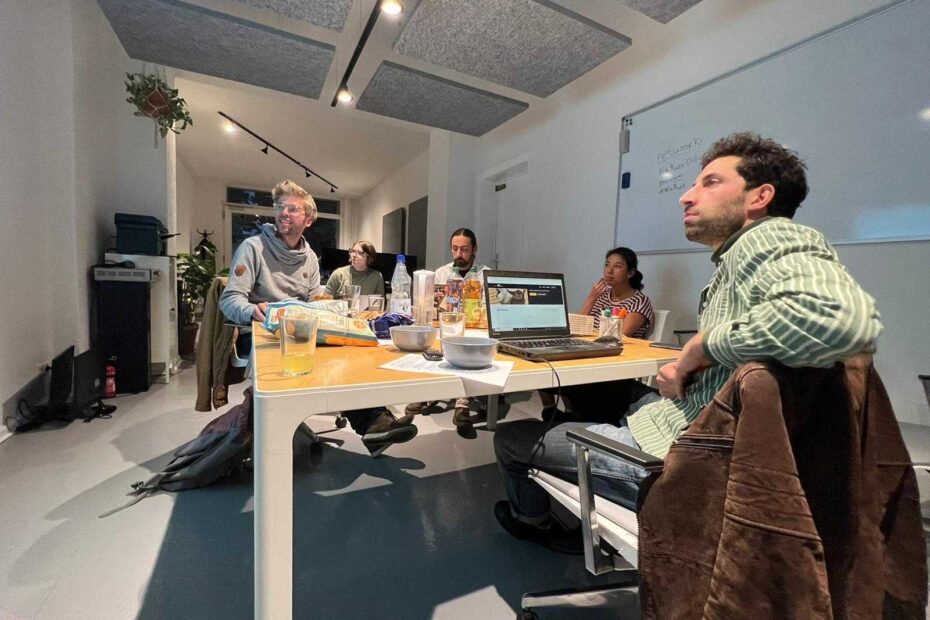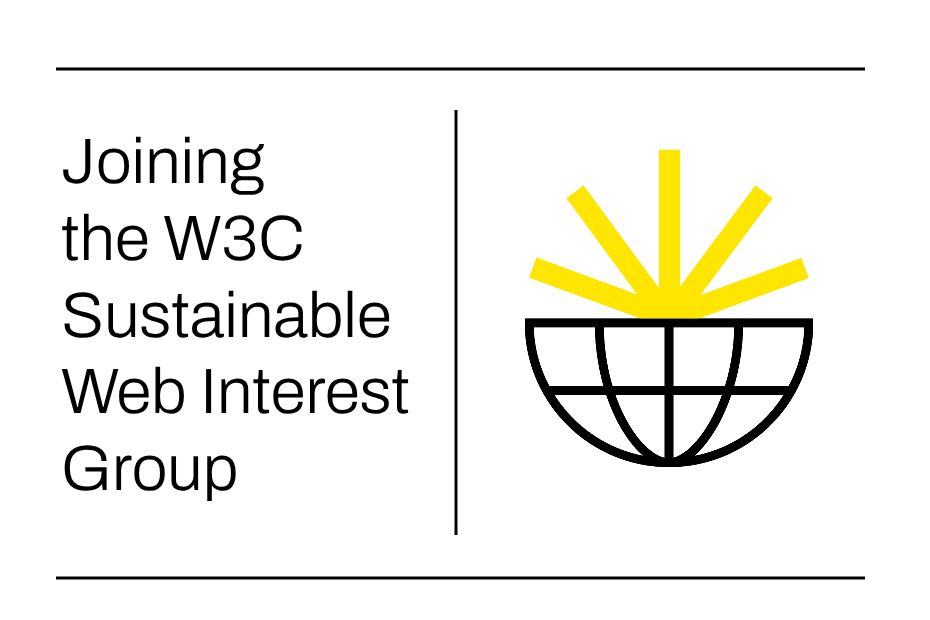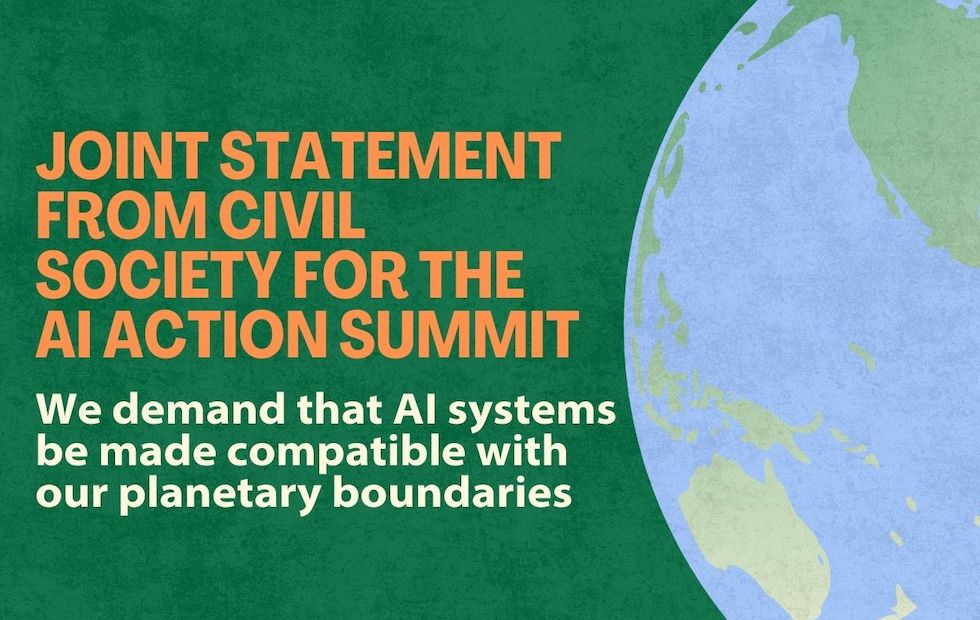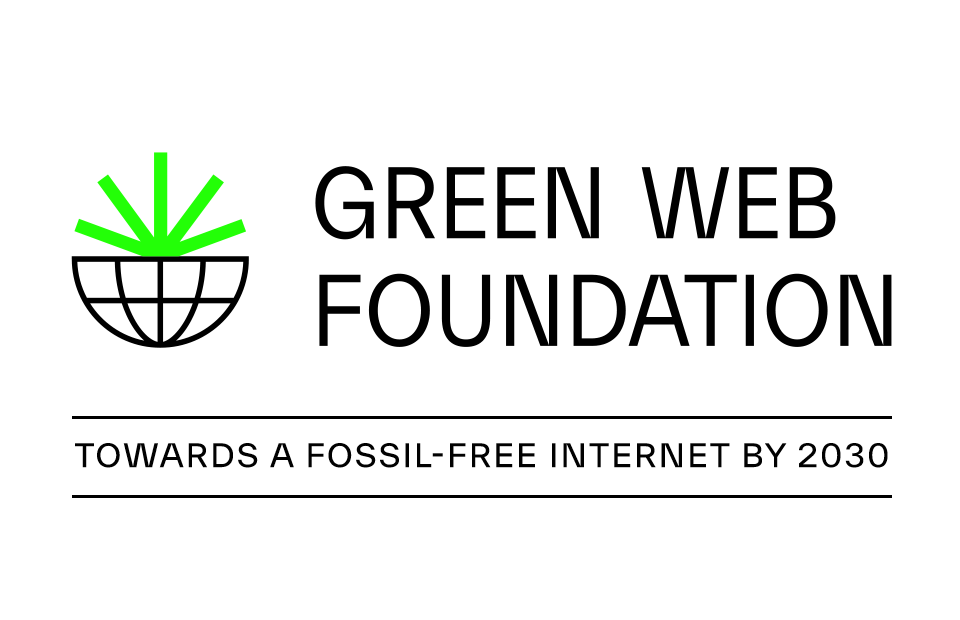As the seriousness of the climate crisis becomes ever clearer, more and more companies are making public sustainability commitments to show they are doing their part. But how do you tell when they’re sincere pledges and then they’re greenwash? And is there any middle ground between the two? Last month we teamed up with WikiRate to run an event focussed around the pledge du jour, the corporate Net Zero target, to help answer these questions. Read on for the key takeaways.
First, the short TLDR version
TLDR stands for too long, didn’t read. Here are the key takeaways from the event:
- We found that many companies lack short term interim targets. These undermine the credibility of many Net Zero claims, especially when you consider the typical CEO turnover.
- There is a lack of consistent definitions of Net Zero or carbon neutrality across reports we found.
- Open, accessible and high-quality data about company targets and progress against them is essential for any meaningful accountability, and to stay within 1.5C of global warming.
Next, the full version
Every day, millions of checks are made against the Green Web Foundation database as people check websites, to see if the underlying infrastructure runs on green energy.
This involves us looking up information about the companies that run the servers, and often the key players in their supply chain too. We’ve seen an uptick in users wanting to know more about companies and their climate records, and we think it should be trivial to see if an organisation has credible climate claims, the same way you can check for evidence of them moving towards a fossil free internet. So working with WikiRate to crowdsource this info seemed like an good idea to make information accessible not just to our services, but anyone else who might find this useful too.
First of all, what is a net zero target?
A Net Zero target is a target that an organisation or country sets to describe how it plans to reduce carbon emissions over time. It’s usually tied to a global agreement like the kind you might associate with the Council of Parties (COP) conferences held each year, where almost every country on Earth comes together to agree on shared action about climate change.
In 2015, at COP 21, somehow all these countries agreed together to limit climate change to “well below 2 degrees of warming” in what became known as the Paris Agreement, but with one condition. For some island states, two degrees of warming was already predicted to leave them submerged by the end of the century, so a report would be commissioned to inform policy makers about the difference between 1.5 and 2 degrees of global warming. When the findings were published in 2018, the difference turned out to be stark – 0.5 degrees across the world meant the difference between losing our coral reefs, hundreds of millions of climate refugees, trillions in economic damage, and losing tens of millions of lives. What’s more, because it was so late in the day, many of the ways to stay within 1.5 degrees of warming would need to rely on measures to not just reduce how much we emit, but also draw carbon down out of the sky to keep it from warming the atmosphere further.
Since then Net Zero as a concept has grown in popularity, and the ‘Net’ part of Net Zero refers to us taking more of these steps to remove carbon from the atmosphere to account for unavoidable emissions – by planting trees, sucking carbon out of the sky and so on as a way to account for the kinds of activity are really hard to decarbonise, but likely to continue into the future, like flying or making cement to use in construction.
The science has spelled out the need reduce carbon emissions to zero to avoid the worst damages from climate change, so setting a target to achieve Net Zero by a given date has become a sort of short hand for “yes, we are doing our part”
So, having a net zero target is enough? That’s it?
The devil of course is in the details. There are lots of ways you can set a net zero target, and in a climate emergency, speed is justice.
The date you set is important, as is the ‘glide path’ you might take – the trajectory for going from the current level of emissions, down to zero. This is important because carbon emissions are cumulative over time, and there is a finite ‘budget’ of carbon we can afford to keep in the sky to avoid dangerous levels of warming.
Let’s imagine we had a target set to achieve Net Zero by say 2050, where we did almost nothing in terms of climate action, right up until 2049, then tried to get our act together at the last minute.
Our glide path might look like this.
As the diagram suggests, doing almost nothing until right before the target date is generally considered not very credible. While carbon removal may be necessary to stay within a safer level of global warming, it puts an enormous burden on future generations, and consigns millions to avoidable harm in the meantime.
Now compare that scenario to one where we act earlier. We’d still have a net zero target, and the date might even be the same. But by acting much earlier, the result is that the area under the curve is much smaller, meaning we have much less carbon in the sky we need to deal with. Less carbon in the sky means less warming, and less damage done, more often than not to the communities least responsible for the warming in the first place.
These statements are echoed by research from the New Climate Institute, and their recent Corporate Climate Responsibility Monitor report. In this report they detail how to tell a good target from a less good target, and we were very much informed by this approach when looking for this kind of information ourselves. You can see a handy snippet below:
We think having access to this information in a usable format is crucial for society, because this kind of evidence informs policy at multiple levels. Countries might use this to help inform their own public procurement policies or how they design new regulations. On a more personal level it might inform individual action, too.
OK, if we need good targets, and not just any old net zero targets, who has them, and how do we find this?
Finding open, high quality data about companies and the targets they have set is harder than it should be. Finding out whether an organisation has followed through on these pledges is even harder. It’s important though, so this is what we set out to do by partnering with WikiRate.
Wikirate is a platform run by a non profit of the same name, specifically set up to create structured sustainability data about companies, that anyone can use for any purpose.
So, if you wanted to ask a question like this:
How many companies in 2022 had a net zero target, and did they have interim targets?
Then using Wikirate could help you crowdsource this question with an open research project. You share the question, with some background info on what kind of answer makes sense, and then anyone who is prepared to do the research can help answer the question.
You can always see the underlying source for any answer, and because there is some structure to your questions and these answers, like tying answers to specific companies and a specific year, you can generate metrics to make meaningful comparisons possible.
The nice folks at Wikirate have a nice diagram to help understand this structure.
Earlier in September, we posted an open invite to an event we organized together, where we’d sit down together to try answering the questions above. For the terminally curious, here’s the deck we used to help structure the evening.
OK, that’s neat. What did you learn?
After an evening reading company reports there are a few takeaways.
Not many companies have short term interim targets if they have set a target to achieve net zero by 2050.
For the event we had a set of 20 companies that had annual reports around climate and sustainability, and net zero targets. The good news is that of the companies surveyed, most of them had at least some form of interim target (see the results). In fact, more than two thirds of them appeared to have interim targets for 2030, or at aimed to hit net zero by 2030 (see results, again). The bad news is that of the 20 companies, only 5 appeared to have any short term target around 2025 (yes, you can see the results for this too) . Given that the average CEO tenure is about 5 years, this suggests that actually meeting interim targets is likely not to be the current CEO’s problem in a lot of companies, but the next CEO’s problem, which raises all kinds of issues.
Next, finding consistent definitions of Net Zero, or carbon neutrality is still really difficult across reports
While Net Zero is now a fairly common term, just the small sample of reports we looked used a wide range of terms to allude to the idea of first reducing emissions, then using some kind of combination of carbon removal and financial instrument to get the residual emissions back down to zero.
Things are getting better though. The guidance from the New Climate Institute is helpful, as is the development of the Science Based Target Initiative’s Net Zero Standard. Moreover, now that the IFRS, the granddaddy of professional accounting bodies, has come out and said that yes, of course companies should report all the carbon emissions in their supply chain in their annual reporting (or to use the sustainability jargon – GHG scopes 1,2 and 3), it’s likely that reporting will become more consistent over time.
Linking this information to the correct companies is a task in its own right
One nice surprise at the event was learning from an attendee about the existence of Zerotracker, a new site where a group in Oxford England have had a similar idea to us, and been industriously collecting information about net zero targets been made by countries, cities, and for the top 2000 companies in the world by revenue After some back and forth via email, we also learned that their approach was similar and well documented, and the data was licensed under terms that make it possible to add to Wikirate too – woot! This would mean that every metric and indicator that already exists on Wikirate would be accessible about the same companies – like their performance on modern slavery act disclosure, gender equality in pay, and so o.n
However, to do this, you would need some consistent identifier between Zerotracker’s idea of what Company X might be, and what Wikirate’s idea of Company X might be. For Zerotracker the ID used the is the ISIN number – an id issued by financial services firms when listing them on stock exchanges around the world. Wikirate offers a range of ways to identify companies, from official government issued registration numbers, the name of their page wikipedia, and even their website. But sadly, for now, no ISIN number, by the looks of things,
Why is having this information important anyway?
Collating this data in a form that is openly licensed and unambiguous is an important foundation for a healthy public discourse where facts take precedence over slick press releases and well funded PR teams.
We’ve mentioned policy making, but one cool thing we discovered is that some organizations like Ecosia are already using data like this that is in the public domain to help people make more informed choices at crucial points when making decisions as a consumer.
If you search for goods on Ecosia for example, and there is information about the company supplying your goods, Ecosia now shows you information about that company’s climate record, based on impartial information in the public domain.
Likewise, if you search with a company that might be more ambitious, you’ll see that coming up now, again referring to the same impartial, independently verifiable information.
You can check it out now – we think it’s pretty cool, and points to a web with more transparency than we have right now, making it easier to do the right thing.
Found this interesting? How to get involved.
This was our first event working with WikiRate to see if their platform can help create a useful body of open data about the climate ambitions of the companies whose services we depend on daily.
We had fun, learned loads, and one immediate thing we’d love to do is see if there is a way to link data already compiled by Zerotracker with the data on WikiRate, using some shared identifier.
We publish datasets ourselves, and we’re currently investigating a way to link the information we publish at the Green Web Foundation to this information, and surface it in our own browser extensions, so the sustainability information about any company you visit is trivial to find. If any of this sounds interesting to you, we’d love to hear from you. Drop us a line, or leave a comment below.
Also, the Company Net Zero Goals crowd-research project is still active on the WikiRate platform. Do you want to help us with this project? You can sign up as a volunteer researcher and start contributing right away,



